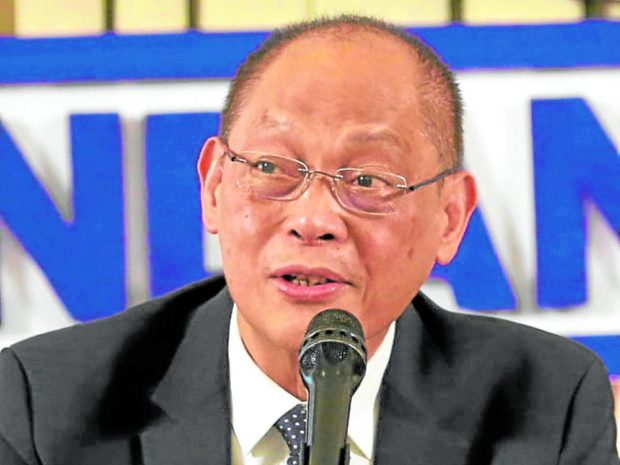PH foreign loans remain ‘manageable,’ assures BSP
The Philippines’ foreign borrowings continued to be at a manageable level and remained one of the lowest in the region when reckoned against the country’s economy, pegged at 27 percent of gross domestic product (GDP) at the end of March, according to the Bangko Sentral ng Pilipinas (BSP) Governor Benjamin Diokno.
The country’s external debt-to-GDP ratio was pegged at 27.5 percent, slightly bigger than the 27 percent recorded a quarter earlier or as of end-2021.
Compared to the end of March 2021, when the foreign debt stock stood at $97.05 billion, the external debt-to-GDP ratio also rose from 26.7 percent.
This ratio is an indicator of a country’s ability to pay its debts and Diokno described the latest figure as “low,” showing the country’s “sustained strong position” to service foreign borrowings.
Also, Diokno pointed out that the Philippines’ debt service ratio (DSR) dropped to 4.1 percent from 14.3 percent recorded for the same period last year due to scheduled lower repayments accompanied by higher receipts.
Article continues after this advertisementThe DSR relates principal and interest payments to earning from the exports of goods and receipts from services and primary income. It is a measure of adequacy of the country’s foreign exchange earnings to meet maturing obligations.
Article continues after this advertisementAs of end-March, the Philippines gross international reserves were pegged at $107.3 billion, which is enough to cover 7.7 times the country’s short-term debt based on the original maturity.
All types of borrowings that Philippine residents took from nonresidents—the external debt—amounted to a total of $109.83 billion at the end of the first quarter, an increase of 3.1 percent from $106.4 billion at the end of December last year.
This was because the Philippines took in $3.5 billion more loans than was paid in over the past 12 months. Mainly these loans were taken by the national government as well as private banks.
Also, on a quarter-on-quarter basis, the government’s external debt increased by 5.5 percent to $67.4 billion in March from $63.9 billion in December.
At the same time, private-sector borrowings eased by 0.2 percent to $42.4 billion from $42.5 billion.
Major creditor countries were Japan at $14.5 billion, the United Kingdom ($3.7 billion) and The Netherlands ($2.9 billion).
“Creditor mix continues to be well-diversified,” Diokno said.
In terms of currencies, the country’s foreign debt stock remained largely denominated in the US dollar at 55 percent and the Japanese yen at 9.2 percent.
Multicurrency loans from the World Bank and Asian Development Bank accounted for 21 percent of total.
The remaining 15 percent are in 14 other currencies, including the euro and the Philippine peso. INQ
